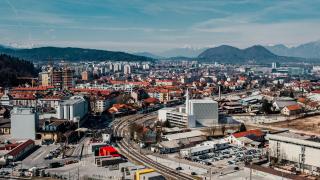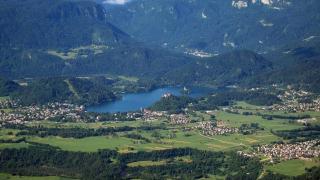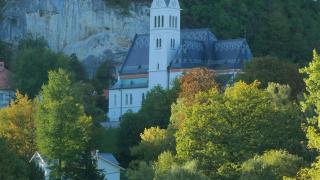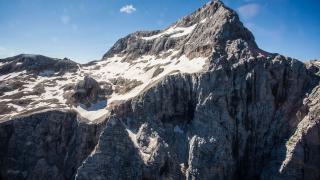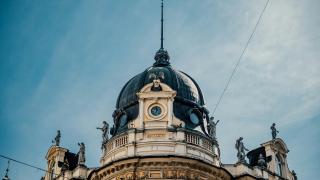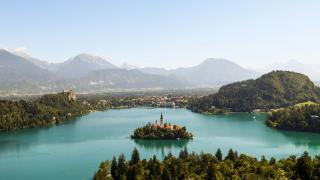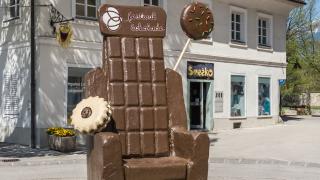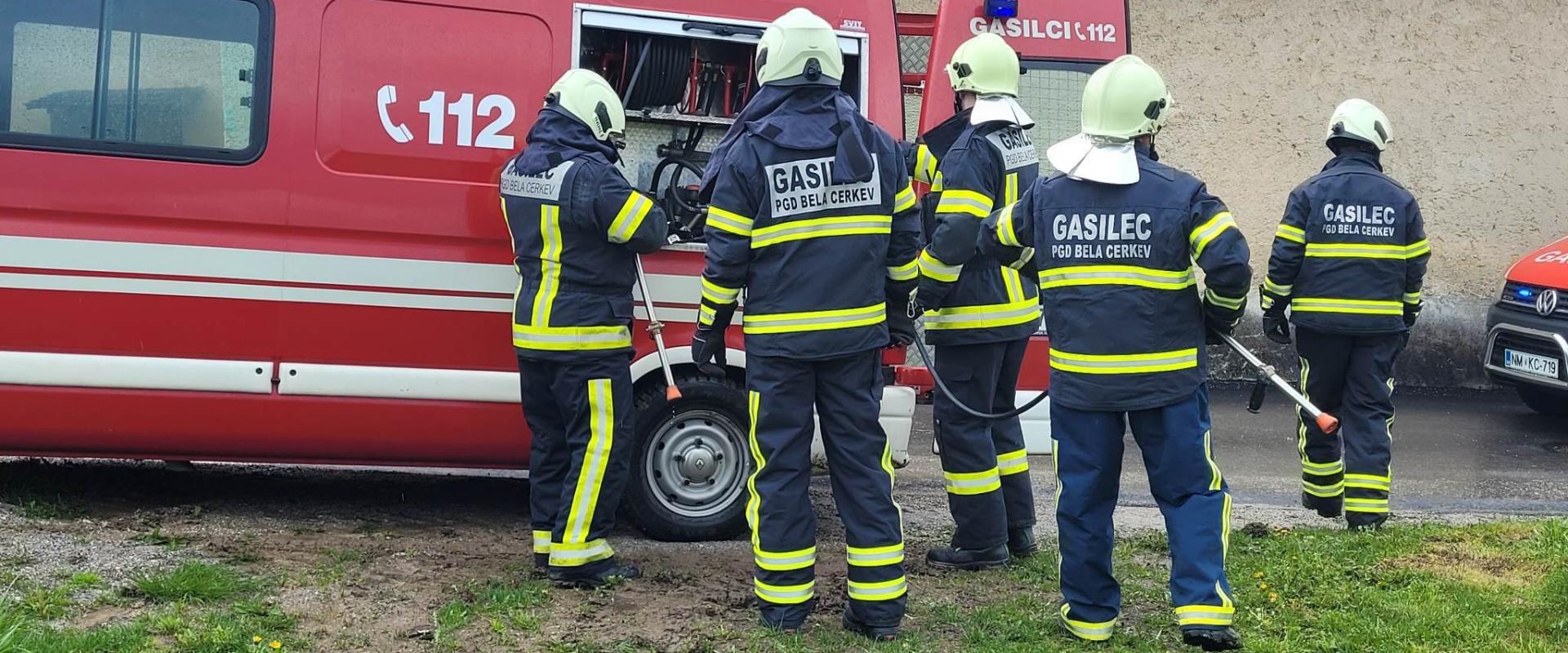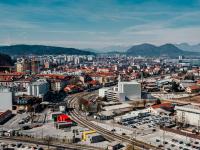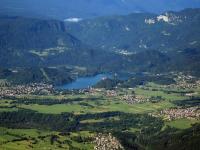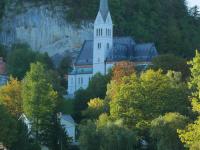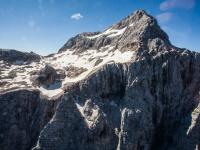Slovenia’s Community Spirit
Local communities in Slovenia are called krajevne skupnosti. Each municipality contains several of these units. There are over 1,800 krajevne skupnosti across the country. They organize local events, maintain traditions, and support cultural societies. Many communities host annual festivals, such as the Jurjevanje in Bela Krajina. Local dialects and customs are preserved through community centers and folklore groups. In rural areas, neighbors gather for collective farm work, called košnja or trgatev. Community halls often serve as meeting points for residents. Participation in local associations is common; membership fees range from €10 to €30 per year. Local councils meet monthly to discuss issues like infrastructure or heritage projects. Traditional dishes, such as potica or žganci, are often prepared for communal celebrations. Visitors can join workshops or village tours, usually costing €5–€15. Engaging with krajevne skupnosti allows travelers to experience Slovenian hospitality firsthand. Community life shapes daily routines and social ties. In Slovenia, local pride and identity are closely linked to these grassroots organizations.
Village Life and Regional Flavors
Local communities in Slovenia reflect strong regional identities. In Gorenjska (Alpine region), villages like Kranjska Gora host the annual "Kuhna na plac" food market. Alpine homes feature steep roofs and wooden balconies. Dishes include ajdovi žganci (buckwheat spoonbread) and Kranjska klobasa (Carniolan sausage).
In Prekmurje (Pannonian region), villages such as Bogojina are known for Prekmurska gibanica, a layered pastry. Local pottery workshops offer hands-on experiences for €10–€15 per session. Farm stays ("turistična kmetija") cost from €30 per night, including breakfast.
The Primorska (Mediterranean) region features stone villages like Šmartno. Olive oil and Teran wine tastings are common. The "Osmica" tradition opens private cellars for visitors, usually in spring and autumn. Prices for local wine start at €1 per glass.
In the Karst, communities such as Dutovlje celebrate the Teran and Prosciutto Festival each August. Homemade pršut (prosciutto) and jota stew are staples. Local markets operate weekly, usually Saturday mornings, in most villages.
Travelers can join guided village tours for €10–€20. Always greet hosts with "Dober dan." Remove shoes when entering homes. Photography is allowed with permission. Respect quiet hours (22:00–6:00). Cash is preferred in rural shops and markets.
Connecting with Locals
Local communities in Slovenia, or krajevne skupnosti, often host public events in village halls or town squares.
- Greet with "Dober dan" (Good day) or "Živjo" (Hi). Use "Hvala" for thank you.
- Slovenians value personal space. Stand at arm’s length when speaking.
- English is widely spoken in Ljubljana, Maribor, and tourist areas. In rural regions, basic Slovenian phrases are appreciated.
- Community events include "veselice" (village fairs), "delavnice" (workshops), and "prostovoljne akcije" (volunteer actions).
- Entry to local fairs usually costs €2–€5. Workshops may be free or up to €15.
- Check municipal websites or noticeboards for event schedules. Most events run weekends, 10:00–18:00.
- Join a "kulturno društvo" (cultural association) for music, dance, or crafts. Memberships start at €10/year.
- Approach locals with a polite "Oprostite, lahko vprašam?" (Excuse me, may I ask?).
- In rural areas, bring a small gift (e.g., local chocolate) if invited to a home.
- Volunteer opportunities: Look for "Prostovoljstvo" on local municipality sites.
- Most community gatherings are informal. Dress modestly and avoid loud behavior.
Community Events and Traditions
Kurentovanje takes place each February in Ptuj. Local groups wear kurent costumes to chase away winter. The parade lasts several hours. Entry is free. Arrive early for best viewing.
Grape harvests (trgatev) occur in September in wine regions like Brda and Štajerska. Villagers invite visitors to help pick grapes. Some events charge €10–€20, which includes food and wine tasting.
Village fairs (sejem) are common in spring and autumn. Examples include the Škofja Loka fair and Radovljica Honey Festival. Fairs often feature folk music, local crafts, and food stalls. Prices for crafts start at €5.
How to find events:
- Check local notice boards in town squares or tourist offices
- Ask at krajevna skupnost offices
- Visit municipal websites (e.g., www.ptuj.si, www.radovljica.si)
Guidelines for participation:
- Dress modestly for village events; avoid flashy clothing
- Always ask before taking photos of people in costume
- Greet locals with "Dober dan"
- Join communal meals only if invited
Support local artisans:
- Buy honey, lace, or pottery at fairs
- Pay in cash; small producers may not accept cards
- Respect fixed prices; bargaining is rare in Slovenia
Practical Tips for Respectful Engagement
Local communities in Slovenia value privacy and quiet. Always greet with "Dober dan" when entering a village shop or community hall. Punctuality is important for local events—arrive at least 5 minutes early. Gifts are not expected, but bringing local honey or wine (around €5–€10) is appreciated if invited to a home. Avoid loud conversation, especially in rural areas like Bela Krajina or Prekmurje. Do not photograph people at village festivals without asking. Respect private gardens and do not pick fruit or flowers. Support communities by buying from local markets, such as Ljubljana’s Central Market or Ptuj’s Saturday market. Choose local cheese, honey, or handicrafts—prices range from €3 to €15. Use public transport or rent a bike for short distances; many towns offer bike rentals for €2–€5 per hour. Checklist:
- Greet locals in Slovene
- Be on time
- Ask before taking photos
- Buy local products
- Use eco-friendly transport
- Respect private property
